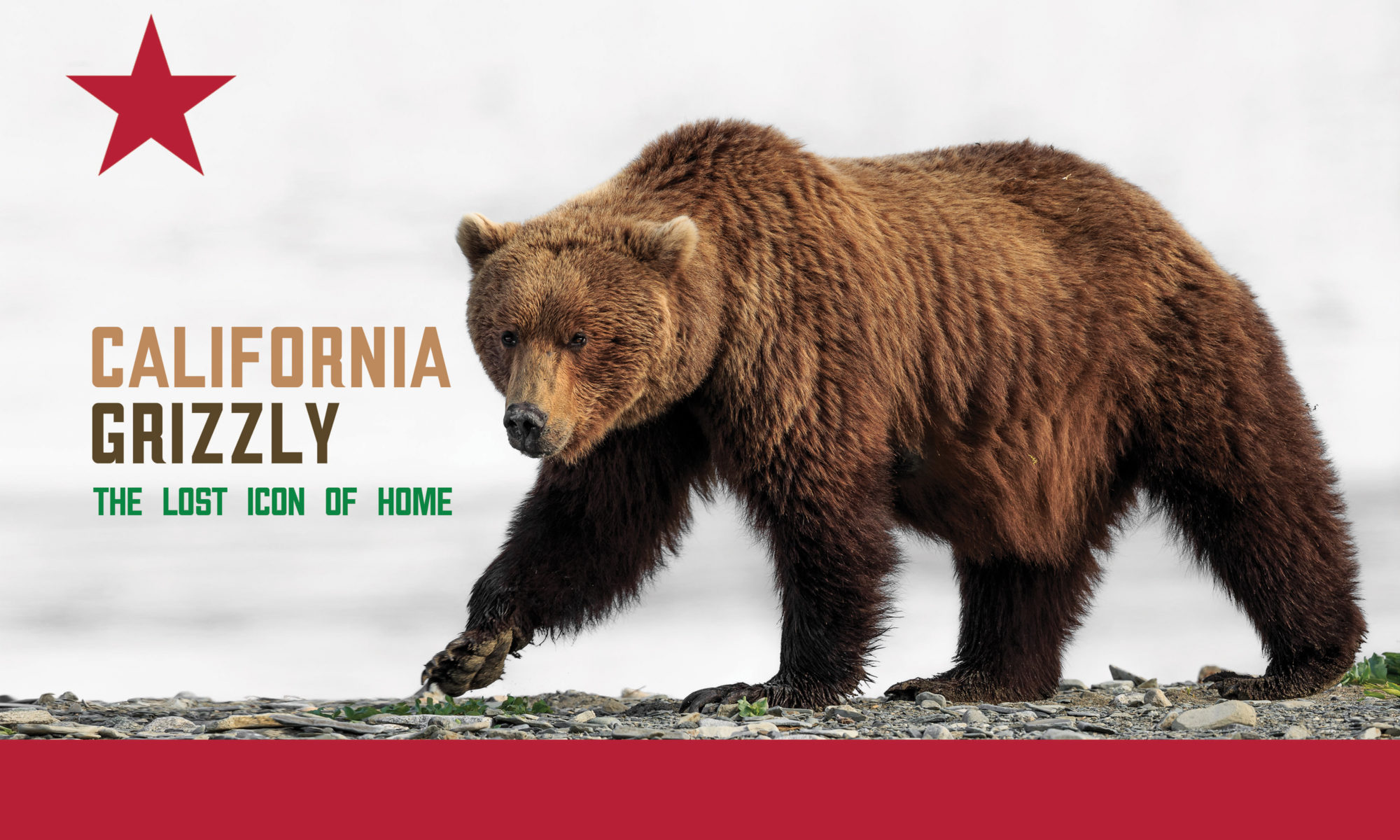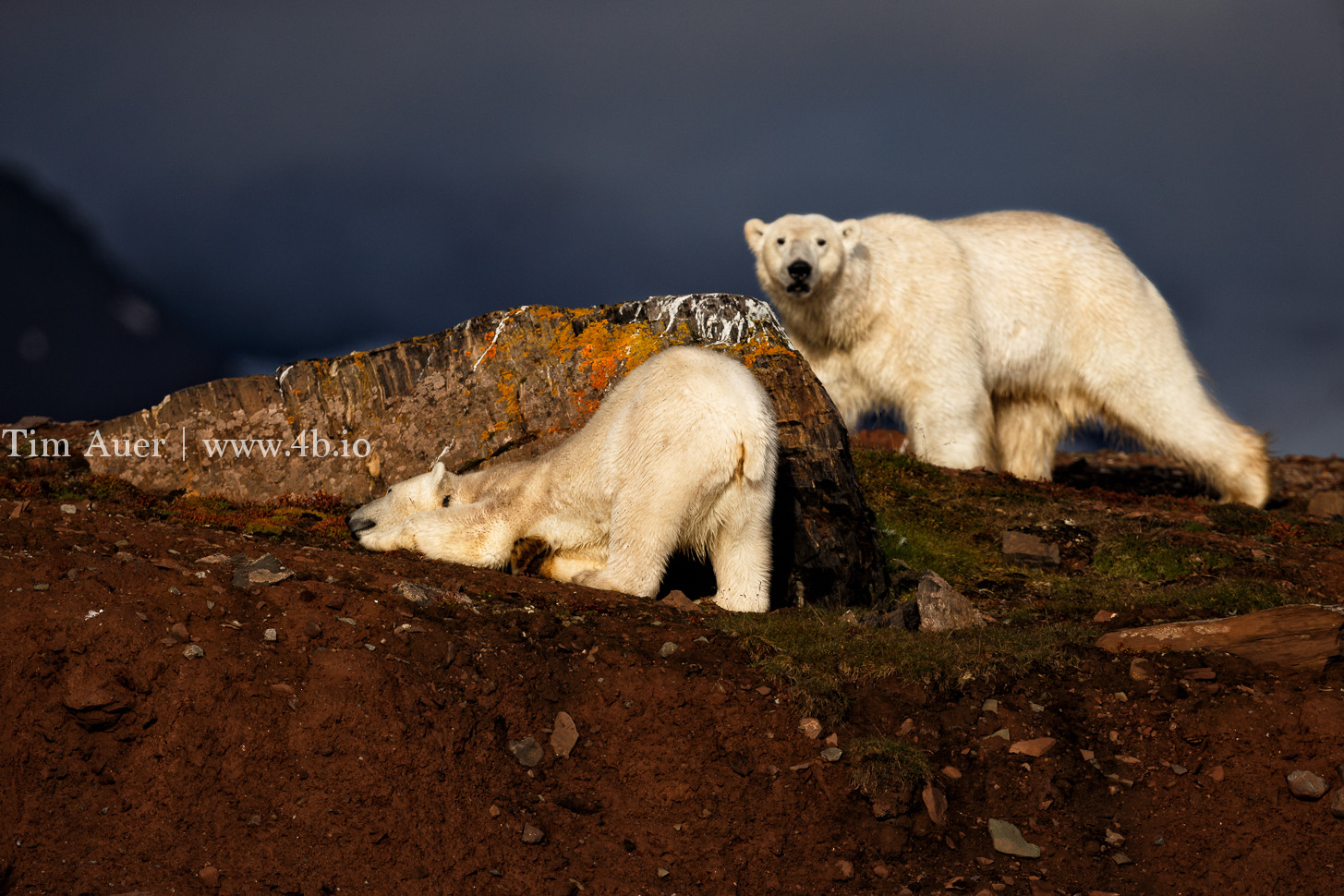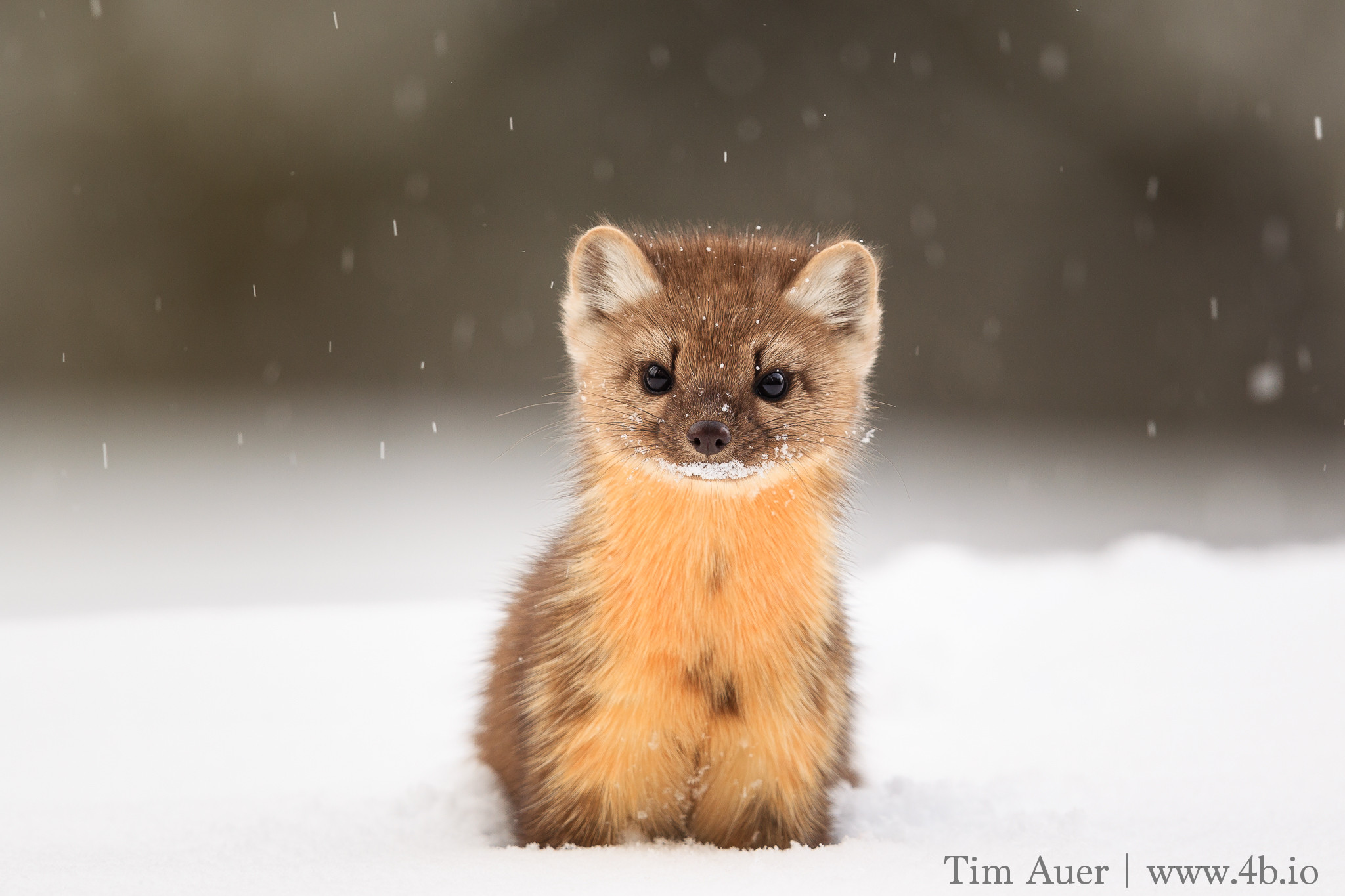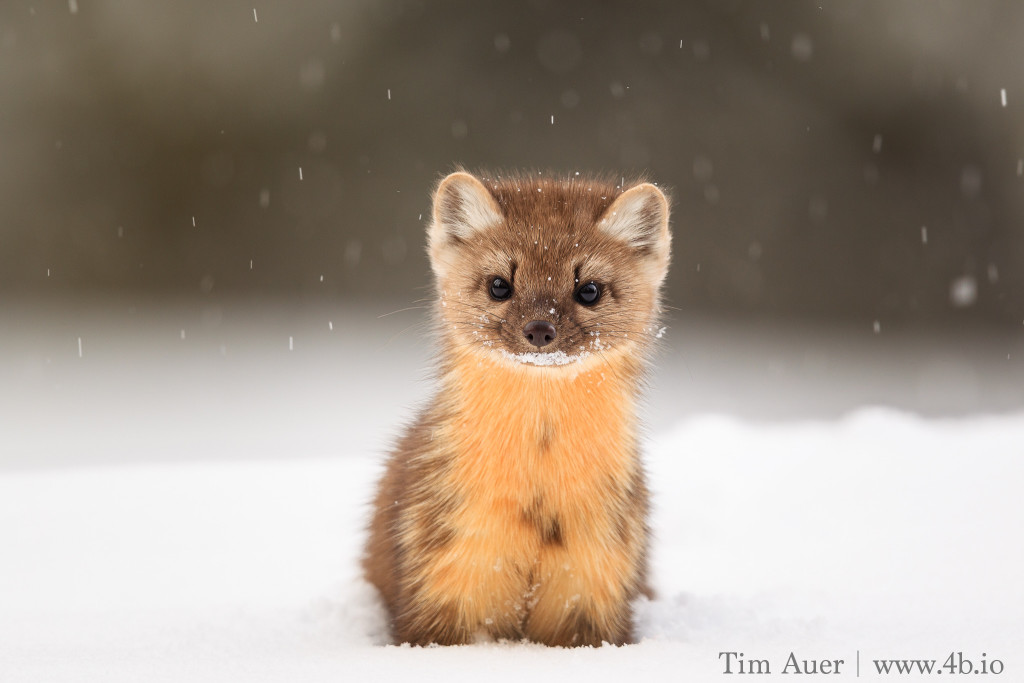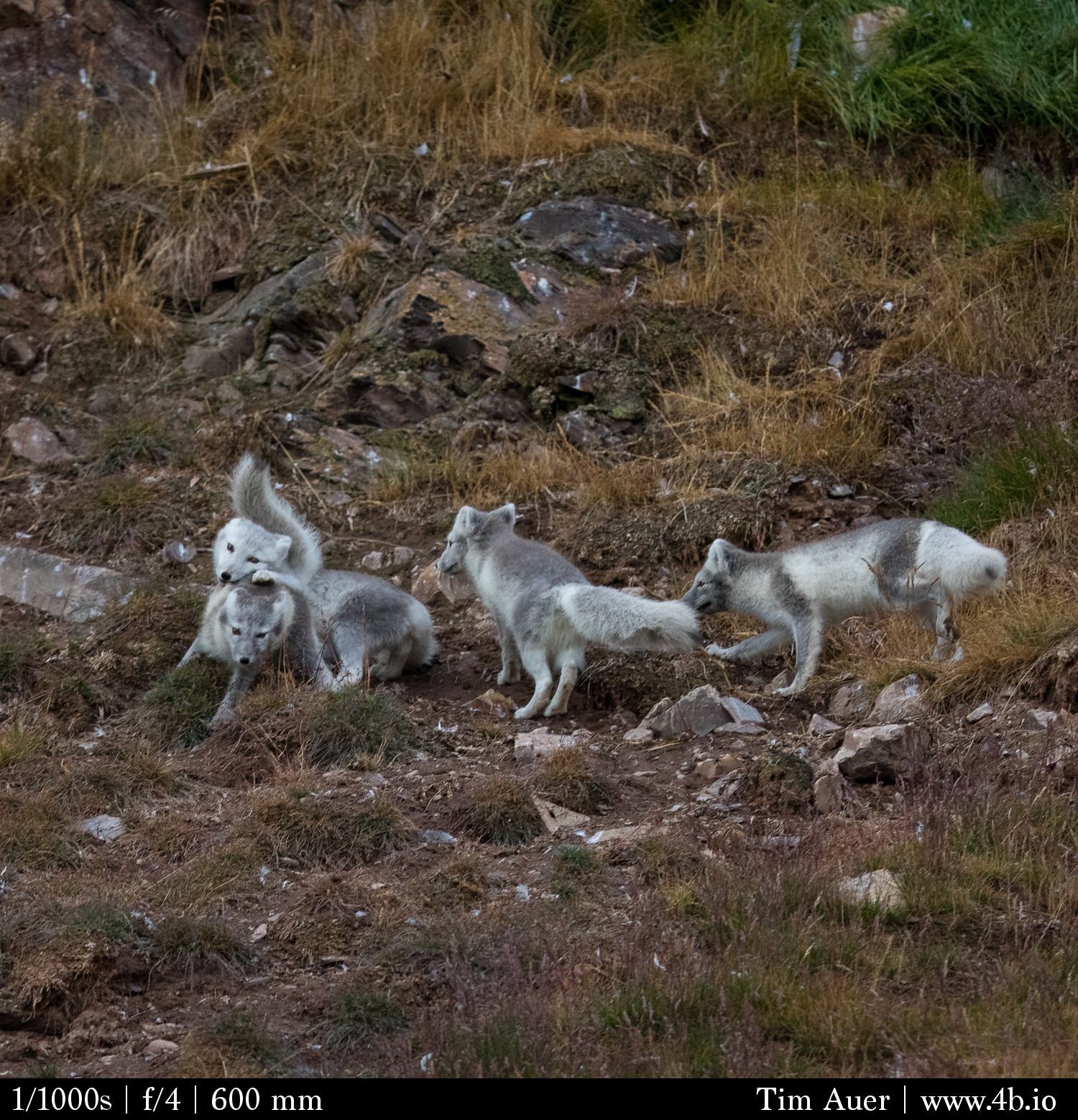7 Day Nature Photo Challenge: Day 1
My friend Barrett of BearHead Photography nominated me for the Nature Photo Challenge. Barrett is an incredible photographer, and intimately in tune with nature. His beautiful work reflects this perfectly. Thanks for the nomination! Let’s see if I am able to keep up with this….the goal is to post one photo for the next seven days, all while nominating a new person each day.
—
Polar Hide and Polar Seek
Svalbard
Spotting wildlife is never guaranteed. In fact, at times it feels like Mother Nature is actively advising her creatures to hide from me. But every now and then, she surprises you with a scene that goes beyond your wildest dreams. This was the case for these courting polar bears in the high arctic.
On the final full day of my 11 day Svalbard expedition, we sailed to a location not typically known for hosting polar bears. I was sad that, in all likelihood, I had already seen the trip’s last polar bear. But it had been a good trip for bears; with 20 or so sightings around the archipelago, and the weather on this day was great. The low angle polar sun provided perfect photographic conditions. Lots of light, blue sky, and puffy clouds. We manned the zodiacs with the goal of bird photography. I observed these two bears and the agenda quickly shifted….
In this scene, a large adult male bear is following an adult female. The sexual dimorphism between them is striking. But despite his substantial size advantage, the male behaved like a nervous teenager that lacks the courage to ask for a date. The female played it cool. Mostly ignoring him as she sniffed the beach, occasionally giving him a playful glance back. This ballet went on for over 2 hours. These bears had each other’s full attention; my zodiac and I weren’t given a passing glance. At one point the female slipped behind this lichen covered rock, as if to hide from her suitor. With the line of sight on his target temporarily obstructed, he froze in his tracks, and waited for her to reappear. I was able to capture this moment, complete with his reaction.
The famous polar bear warning signs posted in Svalbard have the Norwegian words: “Gjelder hele Svalbard” and the image of a polar bear. Which means “Polar Bears to be found all over Svalbard”. The sweetest words in the Norwegian language!
I was nominated by Barrett Hedges of BearHead, and will nominate my friend and fellow polar bear photographer Jack Cunningham. Jack and I met shooting brown bears in Alaska and have traveled to Churchill for polar bears. Check out his website herehttp://
#challengeonnaturephotogra
